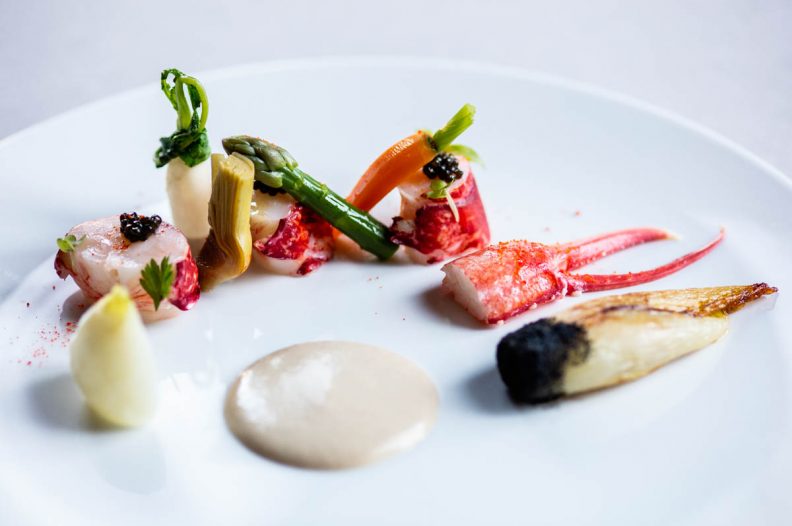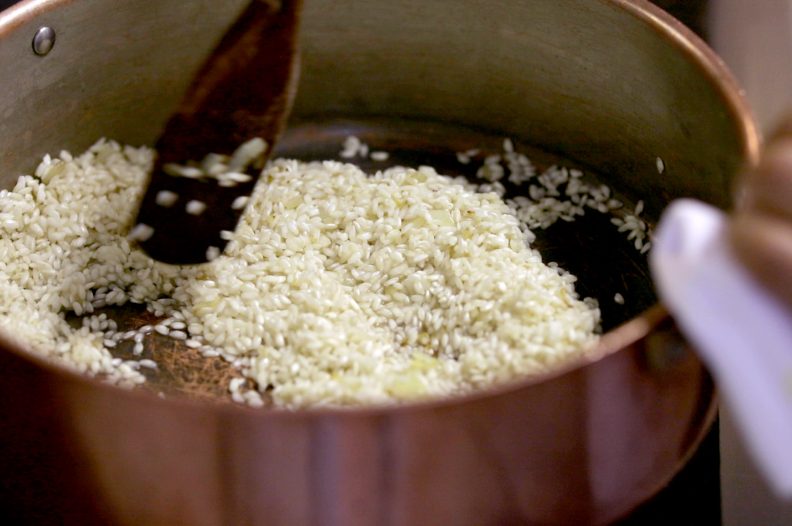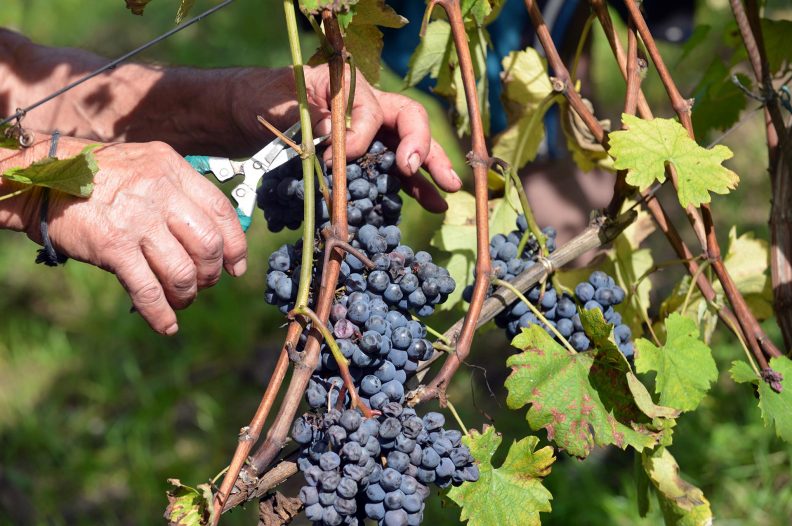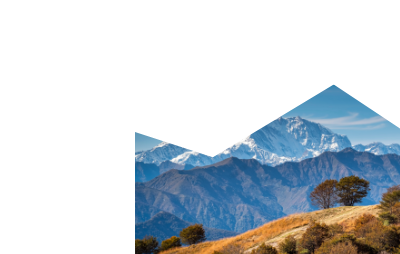Memories to savour: the typical products of the Novara area
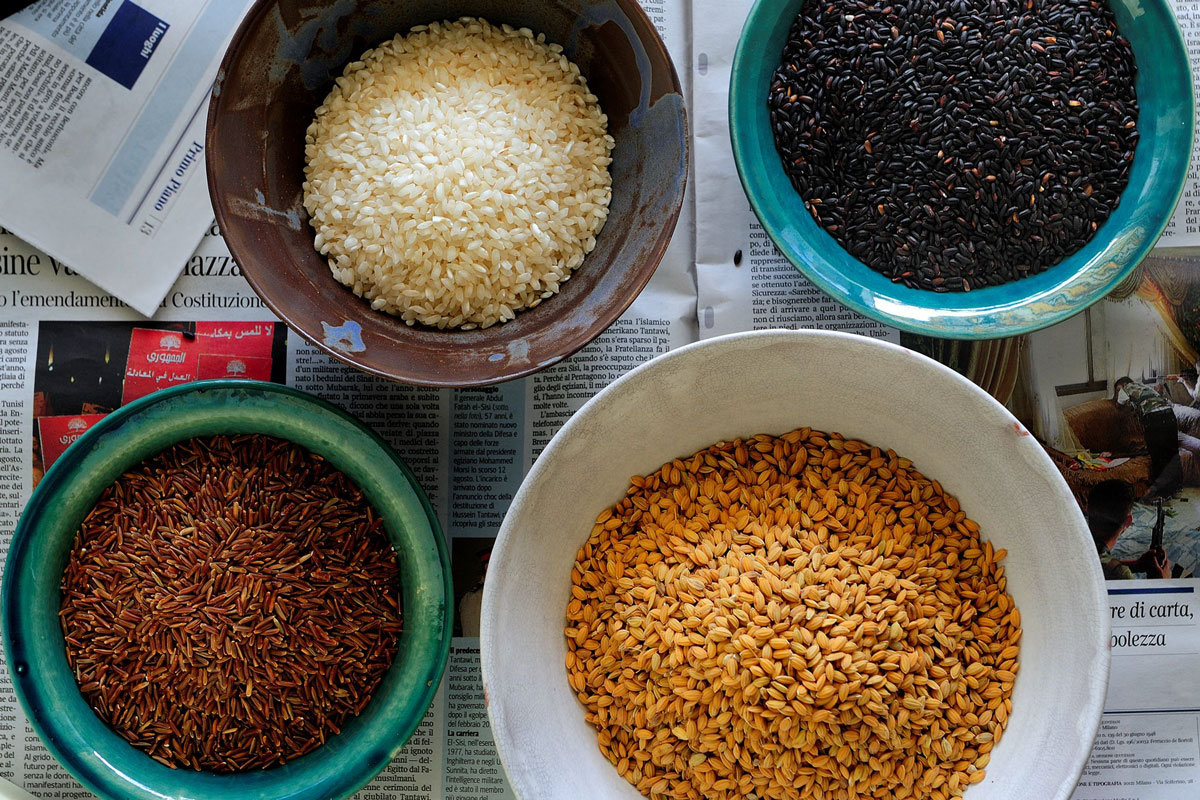
The variety of types of rice in the province are a gastronomic excellence
Past and present local culinary curiosities and traditions
Why not take back home as souvenirs not just photos or postcards but something more tangible, perhaps a selection of savoury souvenirs?
Something to enjoy on you return, allowing you to mentally prolong the idea that you are still on holiday; to imagine that you still in the province of Novara, enjoying traditional dishes in one of the typical local farmhouses or restaurants.
So do not forget, during your afternoon stroll, to stop by one of the characteristic village shops and browse through a range of local products.
The King of the Novara cuisine
Rice is the principal ingredient of most dishes in the territory. Why not take back home as souvenirs not just photos or postcards but something more tangible, perhaps a selection of savoury souvenirs?
This was also confirmed by the courteous restaurateur who recommended an excellent risotto, and by the local shopkeeper as he points out different types of rice arranged on the wooden shelves. The “King of rice” is Carnaroli, he explains. Large grains, which keep their shape and absorb seasonings better than other forms of rice.
The shopkeeper then goes on to introduce you to Razza 77, a variety created in the 1940s but only recently rediscovered: superfine, versatile, highly digestible, recommended for the preparation of the local dish paniscia. Another local variety is the Novara brown rice which is processed only superficially according to a peculiar and delicate process, guaranteeing a high nutritional value.
CARNAROLI RICE
This variety of rice was born between 1939 and 1945. Thanks to its large grains, which keep their shape and absorb seasonings better than other forms of rice, it is one of the most used varieties for risottos, and has earned the nickname “King of rice”.
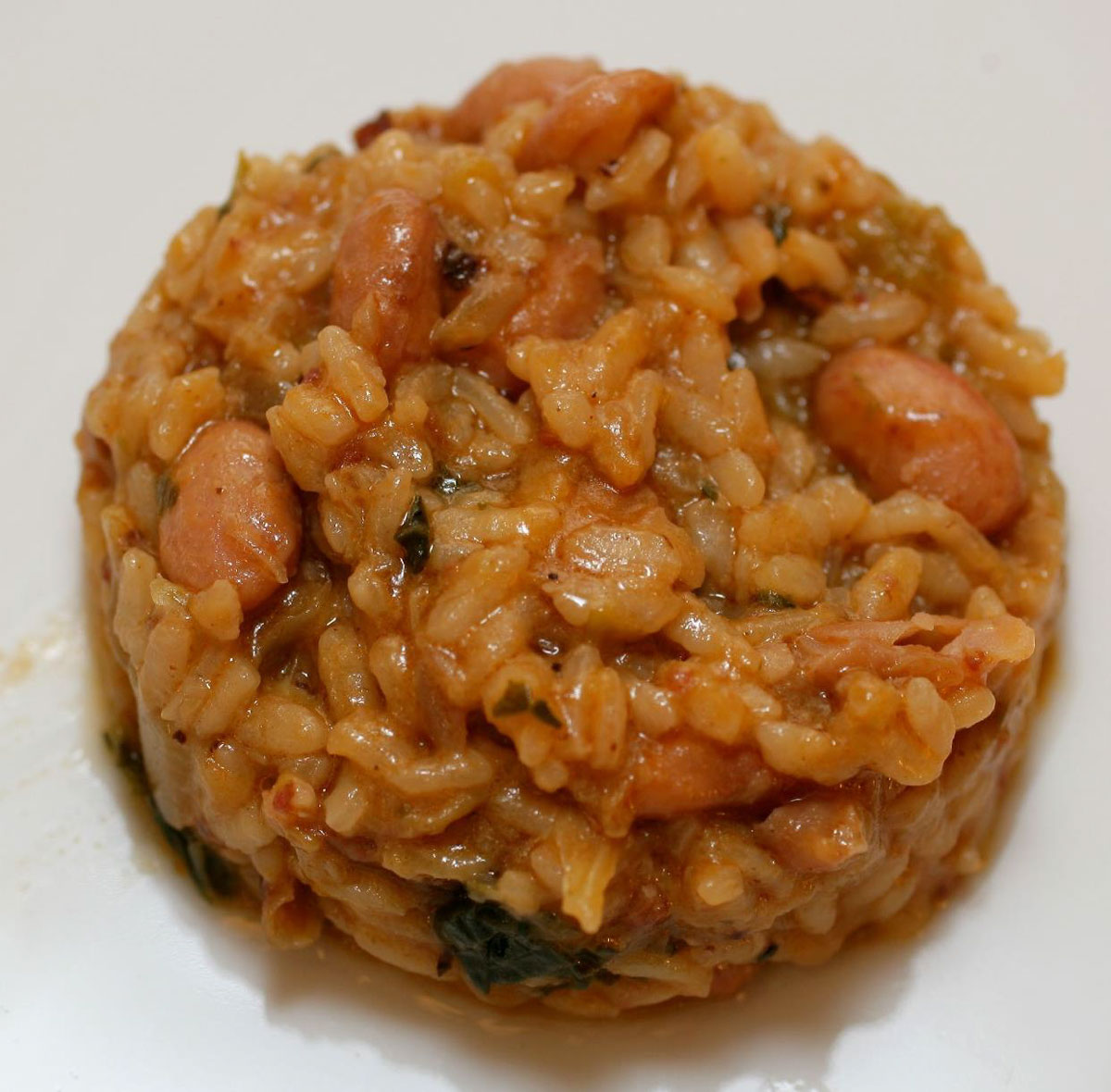
The Paniscia, a typical dish of the Novara area
Once you have chosen the rice, the aromas and colours of the sausage corner catch your attention. Among all the salami the salami d’la doja stands out, a soft cured meat made with first choice pork, salt, pepper, garlic and red wine, left to mature under melted lard for about twelve months in a doja, a terracotta container from which it takes its name. The fidighin sausage is darker in colour, produced following a similar process, but using pork and pork liver. On the counter, there is also what is known as marzapane, a black pudding made with pig’s blood, spices and bread or potatoes.
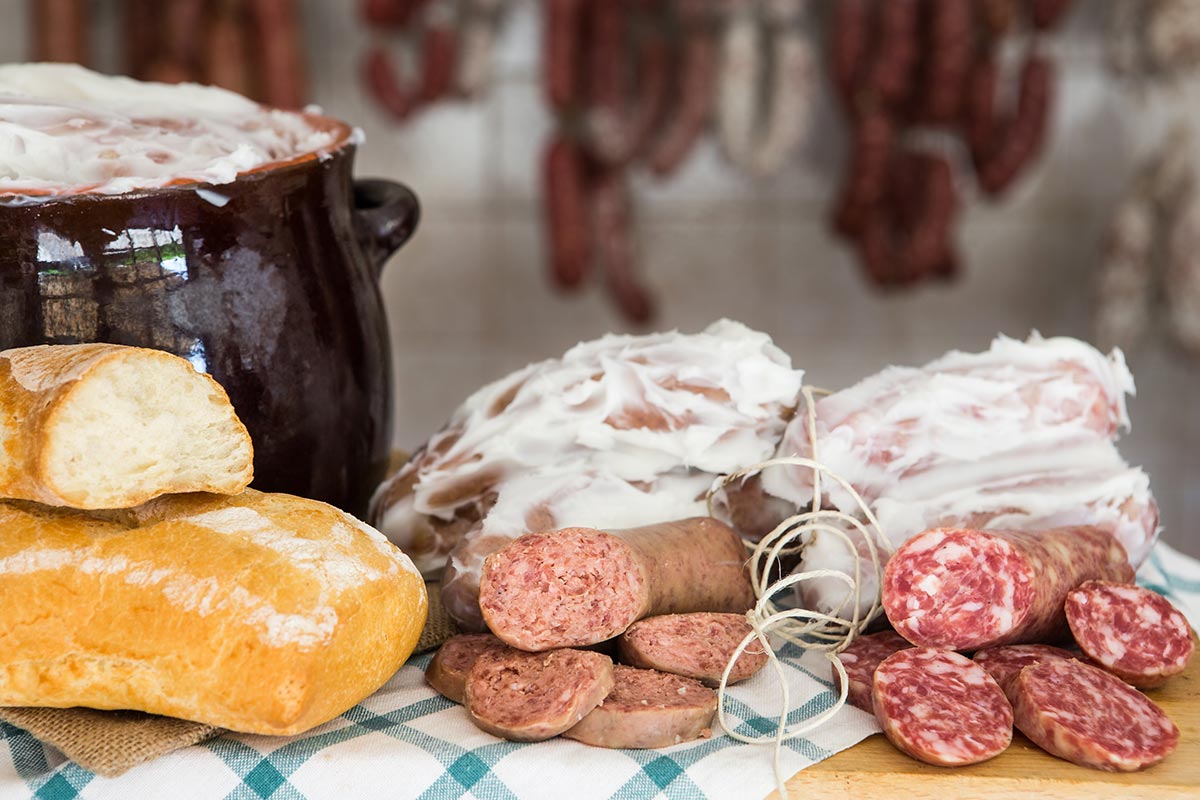
Photo archive of the ATL Province of Novara, copyright Paolo Migliavacca
The Biscottini di Novara make an excellent souvenir for friends and relatives with a sweet tooth. These delicate biscuits were created in a monastery about five centuries ago using a few simple ingredients: only flour, eggs and sugar.
There are also Brutti ma buoni, created over three centuries later in Borgomanero (NO) by mixing whipped egg white, almonds, sugar and vanilla, or the Pane di San Gaudenzio, a sort of rectangular cake made with shortcrust pastry, sponge cake and raisins or the variety made with chopped pine nuts and hazelnuts on the surface. Both are excellent.
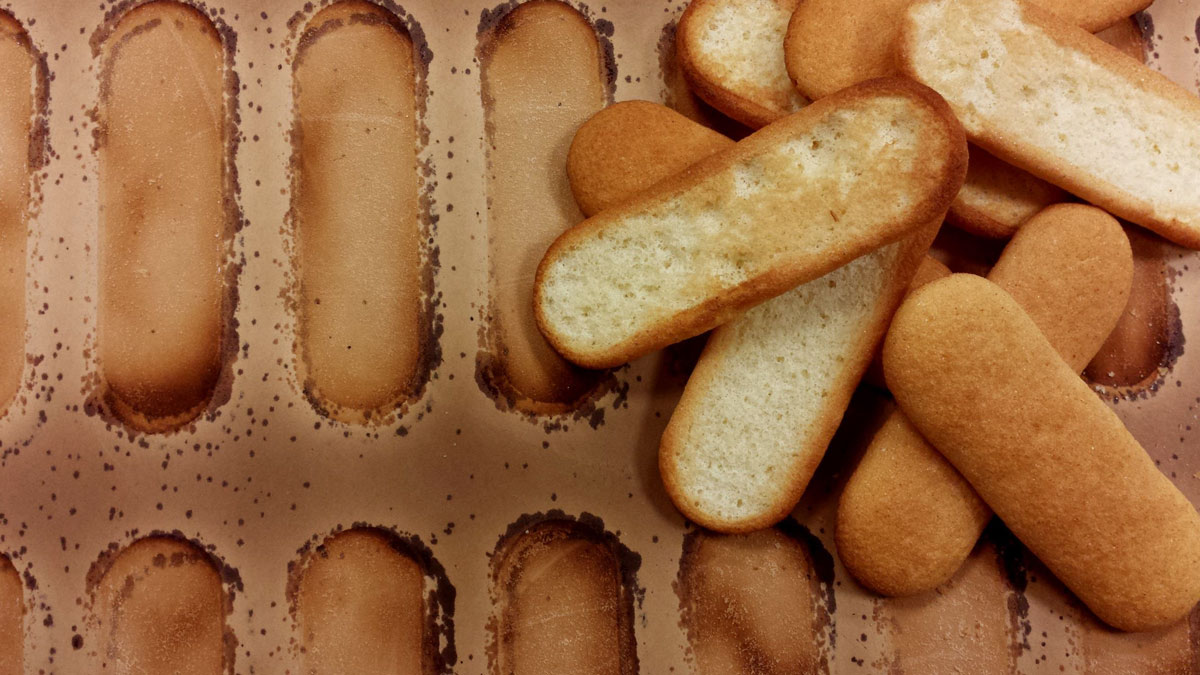
Biscuits made in Novara
Not just rice
The shop owner has now understood your interest in food and wine traditions. Before saying goodbye, he advises you to stop for lunch or dinner in nearby Cureggio or Fontaneto d’Agogna to try the Bionda onion, the first Slow Food presidium in the province of Novara, grown on a plain between two rivers.
Sweet or spicy and naturally lactose-free, Gorgonzola is one of the most exported Italian cheeses.
On the way back to where you are staying, make a stopover at a local dairy. The specialty is certainly gorgonzola, the DOP (Protected Designation of Origin) blue cheese for which the Novara area has always been well known- and is, nowadays, the main producer.
Sweet or spicy and naturally lactose-free, it is one of the most exported Italian cheeses. Legend narrates that a lovelorn cheesemaker forgot the curd in the boiler in order to run to his beloved: creases formed from the imperfect mix with the pasta of the following day favoured the formation of mould during the aging process. And it is said that it was this mistake that gave life to gorgonzola.
THE BIONDA ONION
Traditionally cultivated in the plain between Cureggio and Fontaneto, this vegetable ran the risk of disappearing altogether, but today, thanks also to the Slow Food Presidium, it is once again cultivated and appreciated.
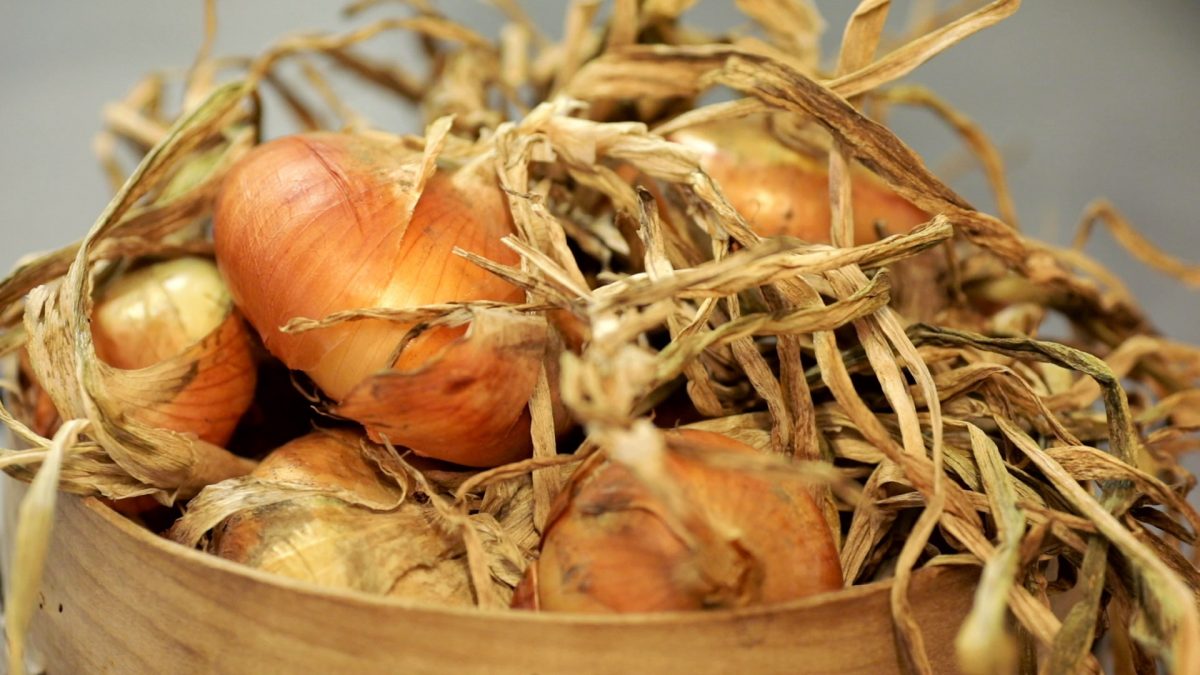
The Bionda onion from Cureggio and Fontaneto, a Slow Food presidium
Collect your shopping bags and think back to your original aim. The local gastronomic delicacies from your trip through the province of Novara will not be just a memory to be remembered and savoured back home when cooking a Carnaroli risotto, enjoying an aperitive accompanied by gorgonzola cheese and Piedmontese cured meats or snacking on the local Novara biscuits.
They will remain as a lasting link between flavours and history, ancient and modern images of a richly cultural territory.
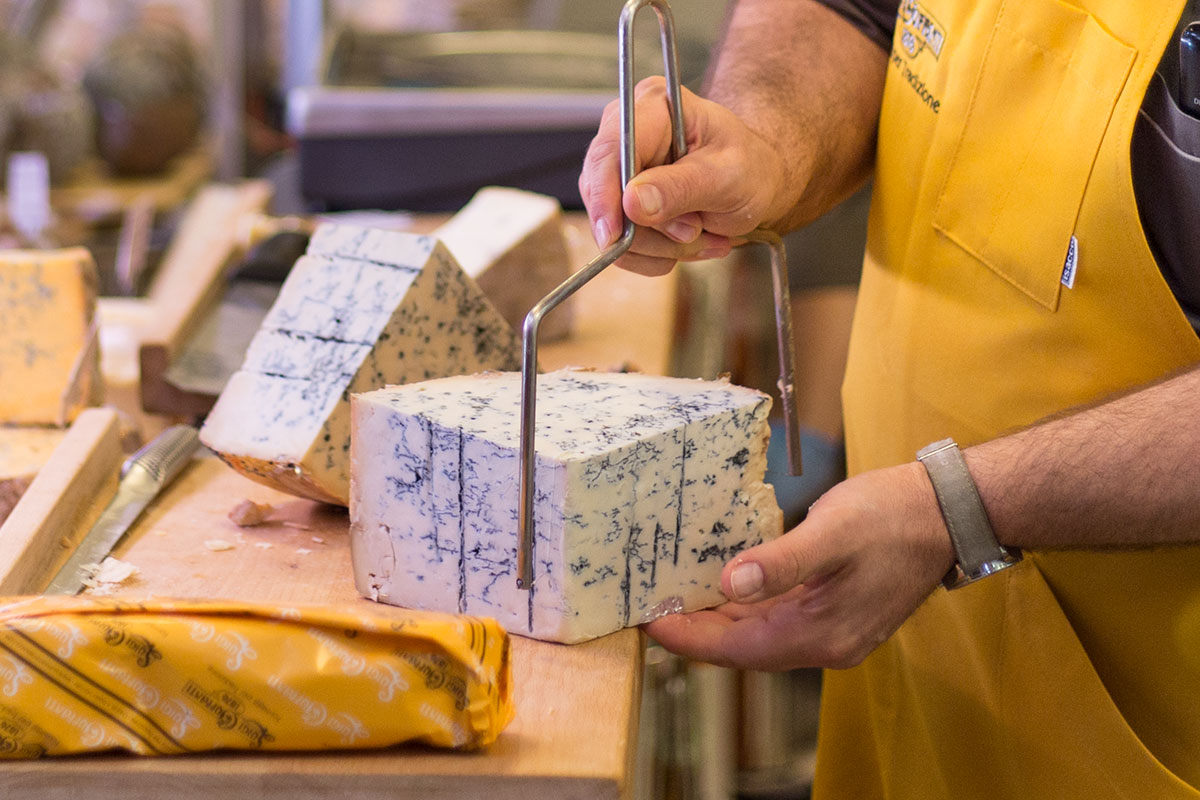
Gorgonzola, one of the most famous cheeses in the world
